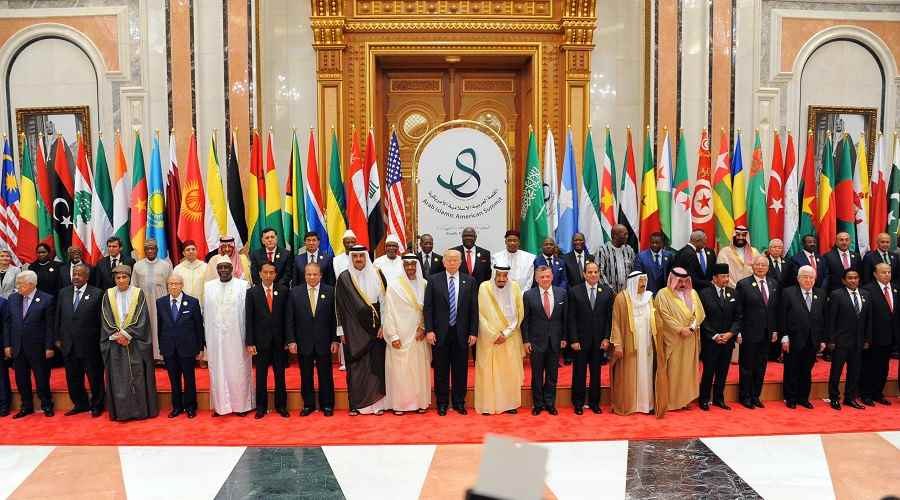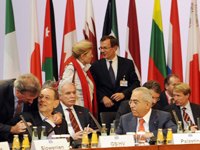Trump’s Visit to the Region: Objectives, Outcomes and Strategies

Mahdi Shapouri
Donald Trump, the President of the United States of America started his 8-day visit on 20 May 2017 during which he headed for Saudi Arabia, Israel, Belgium and Vatican respectively. Trump entered Saudi Arabia on 21 May and after negotiating with Saudi officials, concluding huge military and non-military agreements with that country and participating in Persian Gulf Cooperation Council summit and Arabic and Islamic countries minus the Islamic Republic of Iran went to Israel.
With the huge agreements signed with Saudi Arabia as his first foreign visit destination, Trump sent this message to his supporters that he is the same successful dealmaker he had promised during the presidential election campaign.
Another Trump’s major objective was to rebuild confidence in Arabic and Islamic dictator regimes, especially in the Middle East region. During this visit, he emphasized several times that his country is not going to export or impose American values on those regimes.
In his Speech to the Arab Islamic American Summit he said that:” the nations of the Middle East cannot wait for American power to crush this enemy for them. They will have to decide what kind of future they want for themselves, for their countries, and for their children.”
Delegating the responsibility for the security of the region to Saudi Arabia and Israel as two strong allies of the United States of America in the region is another Trump’s objective.
In fact, with massive arms sales to Saudi Arabia and emphasize that these weapons are sold to preserve the security in the Middle East, Trump plans to take the burden of meeting the security of the region from the shoulders of the US in line with the policies of the former US administration. In this regard, Saudi Arabia and Arabic countries should work together to fight terrorism and along with Israel deter the Islamic Republic of Iran.
Saudis who are not in proper condition in the region and face serious challenges in many issues particularly in Yemen, and there are many signs indicating their defeat, believe that the can use the US card to restore the balance.
During the years in which Iran was under the US and other great powers pressure because of its nuclear program, the Saudi Arabia reached its objective that was Iran’s deterrence without paying any price. After the nuclear deal, this opportunity does not continue to exist and an important part of the Saudi’s anger towards Iran is due to this fact.
Saudis first issue is Iran; while the first issue in the region for the Americans is fighting against terrorism. The major Trump’s objective from his visit to the region is making benefits through concluding beneficial deals with Saudi Arabia and creating job opportunities in the US according to Trump.
Most of the officials present in Riyadh are after Saudi money instead of receiving political and security guidelines from its leaders on Iran.
The Islamic Republic of Iran should resort to self-restraint and continue to stress on the need for negotiating with Saudi Arabia as well as its readiness for removing tensions from the relations with that country and should not act according the aggressive behavior of Saudis. It should not be thought that if we engage with others, that would be an indication of our weakness. Great powers always gain a major part of their interests through negotiation and interaction.
At present, there are lots of obstacles and restrictions in order to isolate Iran. At the same day that the kingdom of Saudi was waiting Donald Trump, a glorious election held in Iran and more that 40 million Iranian eligible of voting went to polls and in a democratic competition elected their president.
Another obstacle is that the Islamic Republic of Iran has shown with JCPOA that it is powerful, has the ability to meet its interests, and at the same time is pursuing interaction with the world. This issue also causes the failure of the attempts aimed at Iranophobia.





